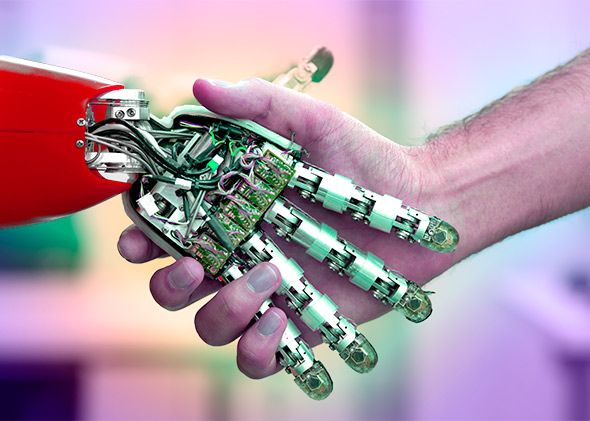Mar 9, 2015
Computers are so easy that we’ve forgotten how to create
Posted by Seb in categories: computing, innovation, software
Samuel Arbesman — Aeon
My family’s first computer was the Commodore VIC-20. Billed by its pitchman, Star Trek’s William Shatner, as the ‘wonder computer of the 1980s’, I have many fond memories of this antiquated machine. I used to play games on it, with cassette tapes that served as primitive storage devices. One of the cassettes we bought was a Pac-Man clone that my brother and I would play. Instead of a yellow pie with a mouth, it used racing cars.
My most vivid memories are of the games whose code I typed in myself. While you could buy software for the VIC-20 (like the racecar game), a major way that people acquired software in those days was through computer code published in the pages of magazines. Want to play a fun skiing game? Then type out the computer program into your computer, line by line, and get to play it yourself. No purchase necessary. These programs were common then, but no longer. The tens of millions of lines of code that make up Microsoft Office won’t fit in a magazine. It would take shelves-worth of books.
Read more













